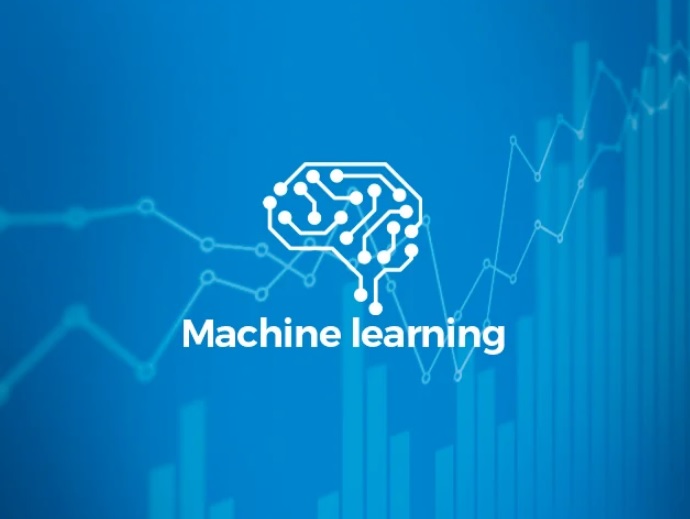
Artificial Intelligence (AI) is the capability of a machine or computer to emulate human tasks through learning and automation. AI is a rapidly growing field with many processes and applications.
With breakthroughs in computing power, cloud computing services, growth in big data, and advancements in machine learning (ML) and related processes, AI is automating functions and enabling new services worldwide. AI has the potential to transform the way governments, organizations, and individuals deliver services, access information, and plan and operate.
Machine learning is an important concept of AI that enables a system to cumulatively and automatically learn and improve from experience, generally with more data. ML enables applications such as deep learning, natural language processing (NLP), speech generation, computer vision, AI-optimised hardware, decision management (including categorization and predictive analytics), biometrics, robotic process automation (RPA), virtual agents, and more.
This post will explore the nine key AI applications of machine learning.
1. Computer vision
Computer vision aims to mimic parts of the complex human vision system, allowing computers to recognize and process objects in images and videos the same way humans do. Medical diagnostics, face recognition, automated vehicles, and a wide range of monitoring systems, including satellite monitoring of crops, livestock, environmental conditions, and CCTV, all use computer vision.
2. Natural language processing (NLP)
NLP allows computers to read text, hear and interpret speech, assess sentiment, prioritize, and link to relevant subjects and resources. The most well-known application is an automated call center that categorizes calls and routes them to pre-recorded responses. With voice assistants like Siri and Alexa, NLP has become more popular. NLP employs machine learning to improve these voice assistants and deliver personalization at scale.
3. Speech generation (synthesis)
Speech generation is the delivery of language by a computer that combines recorded elements of speech. Assistive technologies for people with various disabilities use speech generation or synthesis. Text to speech enables people with visual impairments and those who struggle with literacy and reading to read text. It has the potential to give people with speech impairments a new voice. It’s also used in translation software.
4. Biometrics
People’s physical characteristics and behaviors are called biometrics, and AI uses them to analyze them. Biometrics is based on the idea that people can be accurately identified by intrinsic physical or behavioral traits, commonly used for identification, assurance, and access control.
Biometrics can be used to support large-scale identity assurance systems, which can be extremely useful in situations where there are no other reliable identity systems. The personal nature of the data, on the other hand, necessitates effective data protection. If a system performs unevenly across groups, ethical issues can arise if it does not perform equally for all skin tones. Biometrics can also be used to help livestock and wildlife, as well as to monitor them.
5. Robotic process automation (RPA)
RPA is a technology that automates business processes. RPA tools are used to create software or a “robot” that analyses and captures a process before delivering the same transaction. RPA can be used to deliver a simple response to a specific type of email or application process, or it can be combined with other systems to create more complex systems.
RPA allows businesses to cut labor costs and errors while being less expensive and easier to implement than other AI applications. RPA can also benefit from higher-level AI applications such as natural language processing (NLP). RPA’s widespread implementation poses social risks because it tends to directly replace human functions (and even jobs). An example is the creation of appropriate business forms or guidelines based on the user’s needs and the likely outcomes that someone in their profile would require.
6. Virtual agents/chatbots
A virtual agent is a person-interactive software system used in a team, service, or information interface. Virtual agents are most commonly associated with an automated representation of a customer service representative. Virtual agents identify appropriate responses and deliver them in an informative and entertaining conversation.
Chatbots are typically designed to automate a specific set of processes for a company or government agency. While personalization of individual needs and interests improves over time with virtual assistants like Siri and Alexa, virtual agents help deliver personalization at scale, greatly reducing healthcare and financial advice costs.
7. Decision management (predictive analytics)
Automated systems that accept inputs, analyze them, and make decisions based on them are called decision management systems. These systems make decisions without human intervention, which reduces the need for concentrated human labor. It’s especially useful when dealing with complex but routine decisions, such as financial services. Big data (for example, on customer behavior) can be converted into trends by decision management systems. Decision-making, when combined with machine learning, can help businesses make better decisions.
8. AI-optimized hardware
AI-optimized hardware is a subset of microprocessors or microchips designed to make AI applications run faster. This hardware is specifically designed or adapted for AI workloads. Graphic processing units (GPUs), originally designed to manage complex gaming visuals, are among the most common AI hardware architectures. Because GPUs can be optimized for neural network operations, they have been particularly useful in speeding up training and inference.
9. Deep learning platforms
Deep learning platforms are machine learning used to solve difficult problems. The term ‘deep’ refers to the system’s structure, which includes multiple layers of machine learning processing known as neural networks. An input layer, multiple ‘hidden’ layers, and an output layer are all present. Because deep learning systems are more interconnected and sophisticated than simpler machine learning systems. They are better at dealing with unlabeled and unstructured data, such as data from multiple real-world sources like sensor systems or internet traffic. Deep learning enables complex applications such as autonomous movement, spoken language translation, price forecasting, and image-based medical diagnosis.




















![No-code machine learning tools for non-programmers [Updated] machine-learning](https://roboticsbiz.com/wp-content/uploads/2019/08/machine-learning-218x150.jpg)
![Top 10 Machine Learning Youtube channels to follow [Updated] youtube](https://roboticsbiz.com/wp-content/uploads/2019/05/youtube-218x150.jpg)
